Ohio colonial Rufus Putnam had no idea his town would become a beachhead in driving paradise
Had he been born 200 years later, Rufus Putnam would have probably driven a Corvette. I can’t be certain, of course, but as I pulled into Marietta, Ohio, the town he founded some five years after the American Revolution ended, that thought suddenly emerged.
Putnam was an extraordinary man, the kind who makes the rest of us feel like whiny couch potatoes. Born in 1738 in Massachusetts, he fought in the Revolutionary War from the first skirmish in Lexington and was instrumental in driving the British out of Boston. He survived the war only to forgo a relatively comfortable life by heading west to settle in Ohio.
In 1788, he and a small group departed in the middle of winter, crossed the Appalachians on foot, then built the boats that took them across the Ohio River. They stopped in southeastern Ohio, at the confluence of the Ohio and Muskingum rivers, cut a ragtag settlement from the forest, and dubbed it Marietta in honor of Marie Antoinette and France’s support in the Revolution.
Putnam’s story and America’s expansion west of the Appalachians was recently chronicled in David McCullough’s The Pioneers: The Heroic Story of the Settlers Who Brought the American Ideal West. I’d read the book when it came out last year and was gripped by the rich history of Marietta, a town I drive through frequently on the way to some of my all-time favorite driving roads in the surrounding foothills. Who knew there was such a fascinating history right under my feet (and tires)? I sure didn’t, and it seemed like a perfect excuse for a road trip to revisit a place that now had a deeper context for me.
So, on a fall weekend, I fired up my 1998 Corvette and headed south from Ann Arbor, Michigan, taking the quickest route to Athens, Ohio, where the flatlands give way to the hills. Athens is home to Ohio University, which, like almost everything in the area, was touched by Putnam, who served as a trustee from 1804–24. Athens is also the jumping-off point for the sparsely populated Hocking Hills region of Ohio and Route 78, which heads east.
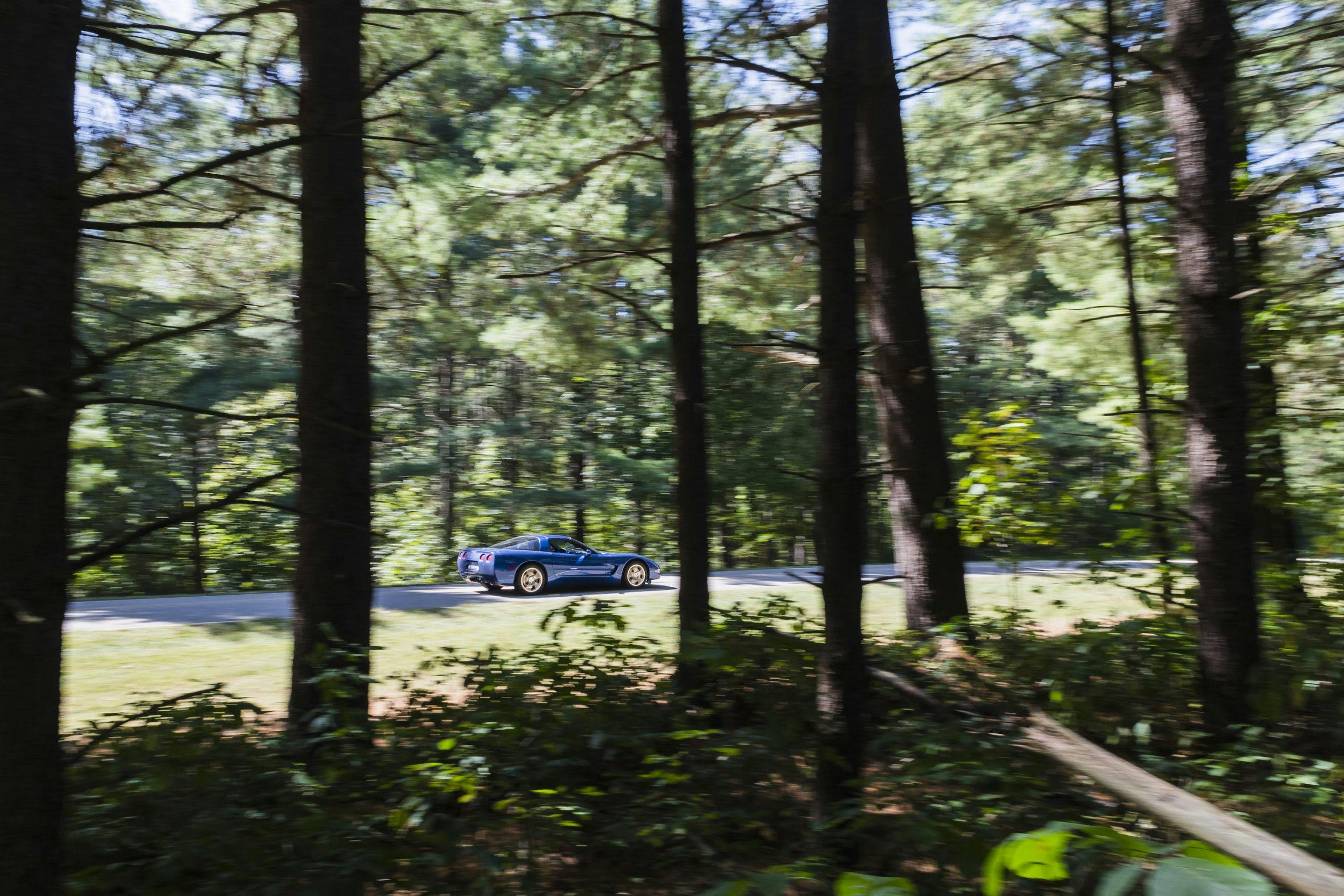
I challenge you to name a more entertaining byway than Route 78. Pothole-free asphalt cuts a path through forests and small towns following the arc of the hills, sometimes in the troughs but often along the ridges, with corresponding views. It’s magical in autumn. About 40 miles northeast of Athens, Route 78 crosses Route 555. The Triple Nickel, as locals call it, is tricky, with abrupt crests, blind turns, and tightening radii to startle anyone foolish enough to fiddle with a phone. There’s no cell service anyway, and let’s hope it stays that way. Once, I had to stop on the Nickel to help a farmer corral an escaped cow.
No cows today. I continued east, over the Muskingum River at McConnelsville and back into the woods. The Corvette is an imperfect partner on this road. It’s wide, nearly filling the lane, and the steering seems uninterested in communicating what the tires are up to.
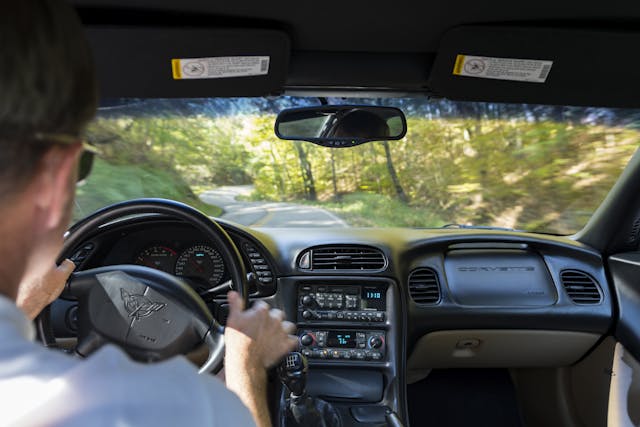
But these C5s are incredible values. I bought mine for 15 grand with only 57,000 miles showing. It has a stick shift, frigid A/C, and that responsive LS V-8. Most C5s were babied and Chevy built tens of thousands of them. I can’t imagine they’ll get any cheaper. There’s just too much performance-car value, a singular trait of America’s longest-running sports car. Perhaps it lacks the sophistication of the European machine it’s so often compared to, the Porsche 911, but that German will only ever see the Corvette’s taillights fading in the distance.
So yeah, Putnam. He would have understood that future generations would naturally apply our forefathers’ grit and determination to one day make a butt-kicking car that eschewed European uptight manners. Is that a reach? Maybe, but those are just the sort of random musings a good road trip is supposed to create.
In any case, Marietta’s main drag looks a cut above many Midwestern towns. Most of the storefronts still have businesses in them. The sidewalks are wide, with some tall and handsome brick office buildings. There’s a tire store downtown. Cool.
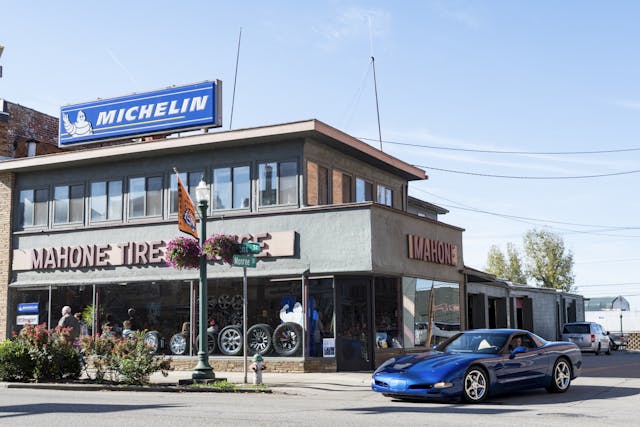
I reserved a night in the Lafayette Hotel, which is right on the Ohio River. Built in 1918, it has the rickety feel of a vintage hotel that hasn’t been modernized to the point of blandness. Some might call it scruffy, but for $85 a night, I’ll take character over the Holiday Inn any day.
After a night in a room the size of a phone booth, I set off on foot to see the sights, starting with, of course, Putnam’s house, which is engulfed by an excellent museum. Outside there’s plenty to visit, from the trolley tracks still visible in the brick streets, to Marietta College (those settlers were hellbent on education), to numerous tree-lined streets and handsome clapboard houses. Marietta is small-town America as most like to remember it.
On my way out of town, I stopped at the Mound Cemetery to visit Putnam’s grave. The tombstones surround a manmade hill built by those who lived in the area thousands of years ago, a reminder Putnam’s band was not the first. The purpose of the earthen work remains a mystery, but those earlier folks were wise enough to preserve it.
Putnam died in 1824 at 86, an uncommon old age in the 19th century, though contemporaries such as Thomas Jefferson, Ben Franklin, and John Adams lived to 83, 84, and 90, respectively. Cleaner air, perhaps? Standing at the grave, I had a moment of turmoil, feeling awed by what Putnam did with his life compared with what I’ve done with mine. Perhaps, though, I was living a life Putnam hoped would be the fruits of his efforts—namely enjoying this free country of opportunity in a manner picked by me. Thanks, Rufus.
I didn’t spend long in my head. There are dozens of roads like Route 78 that emanate spoke-like from Marietta, and I was eager to explore them before heading home. I knew, however, that I had only scratched the surface of the area’s rich history. Oh well, I’ll just have to go back.
The article first appeared in Hagerty Drivers Club magazine. Click here to subscribe to our magazine and join the club.


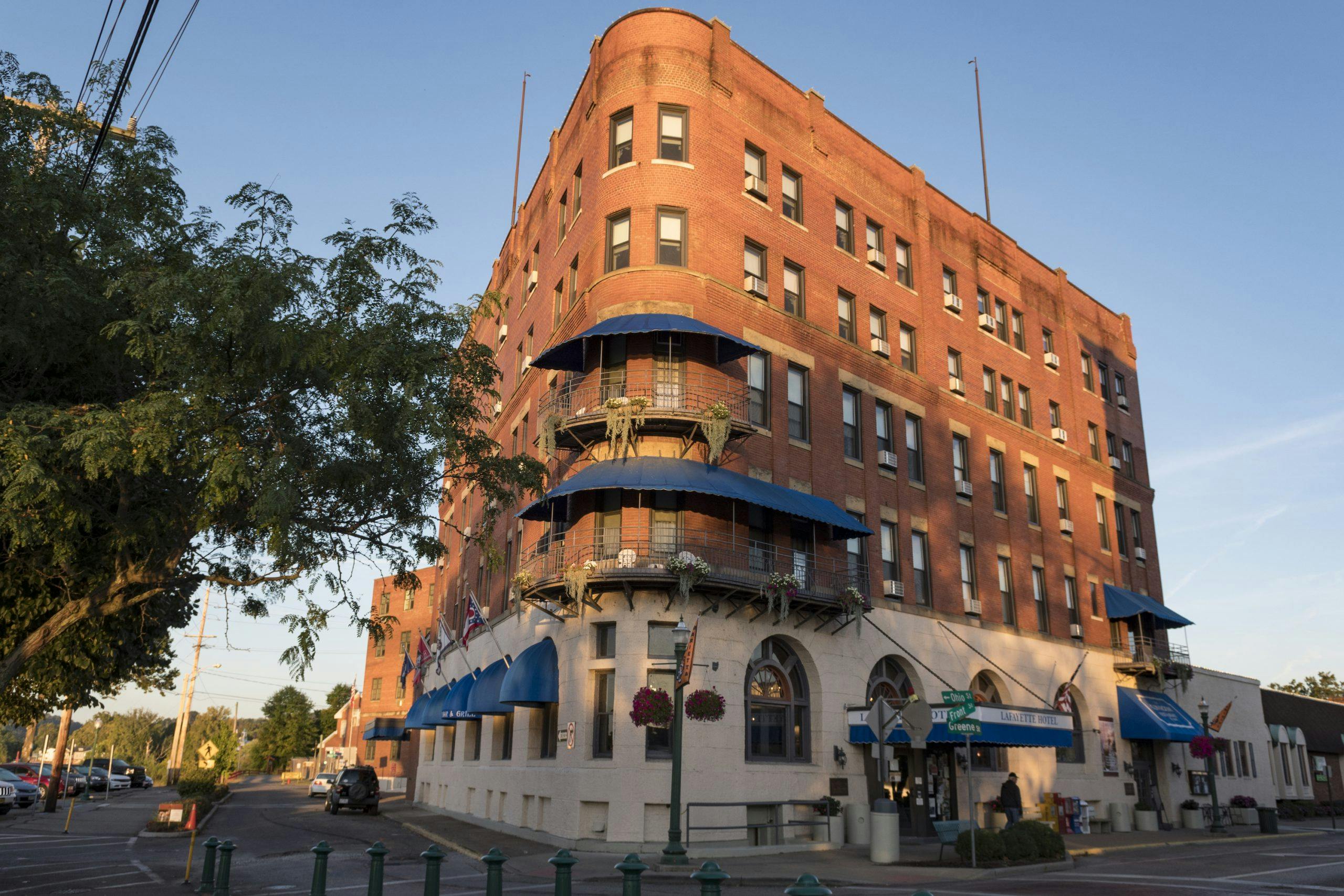
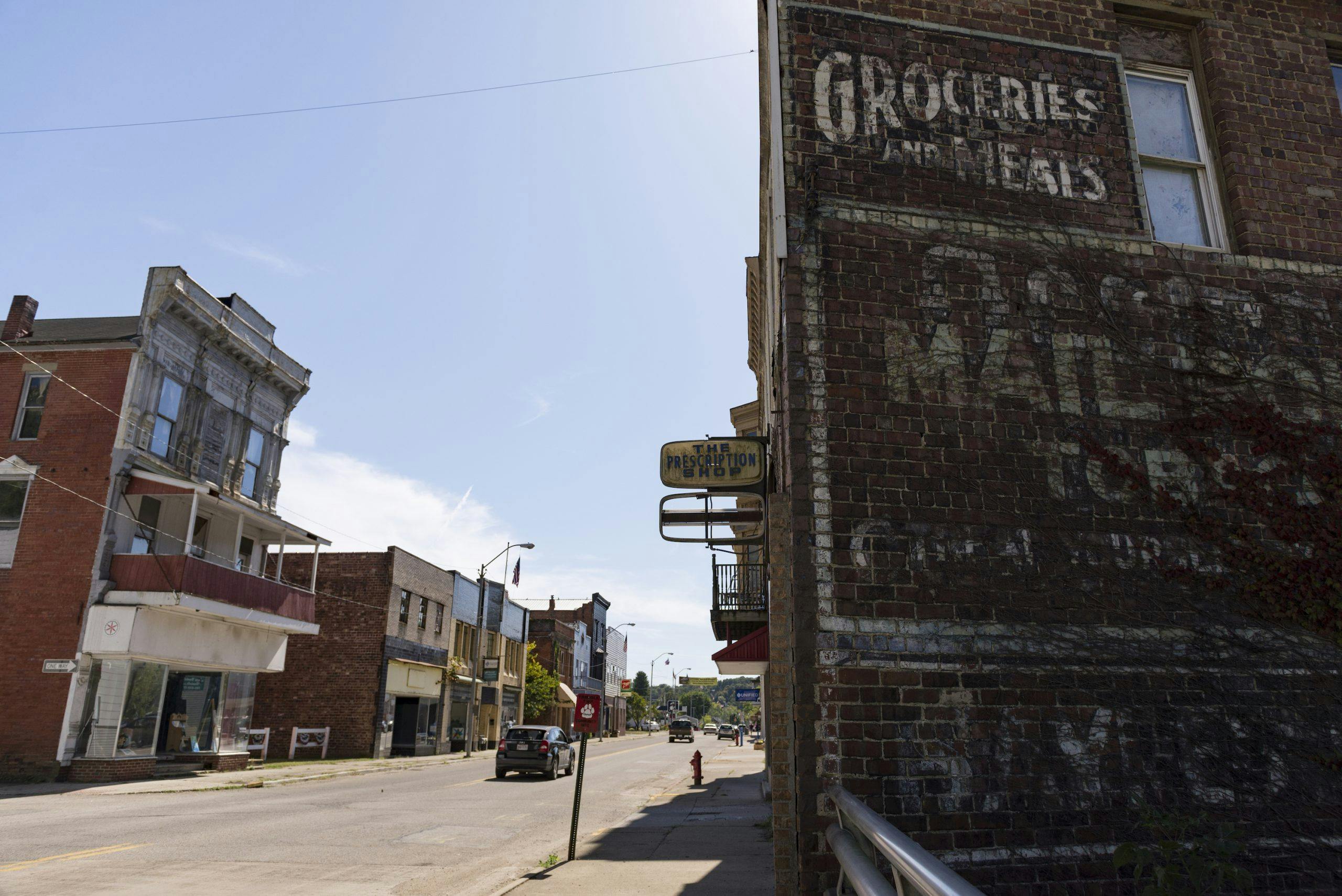


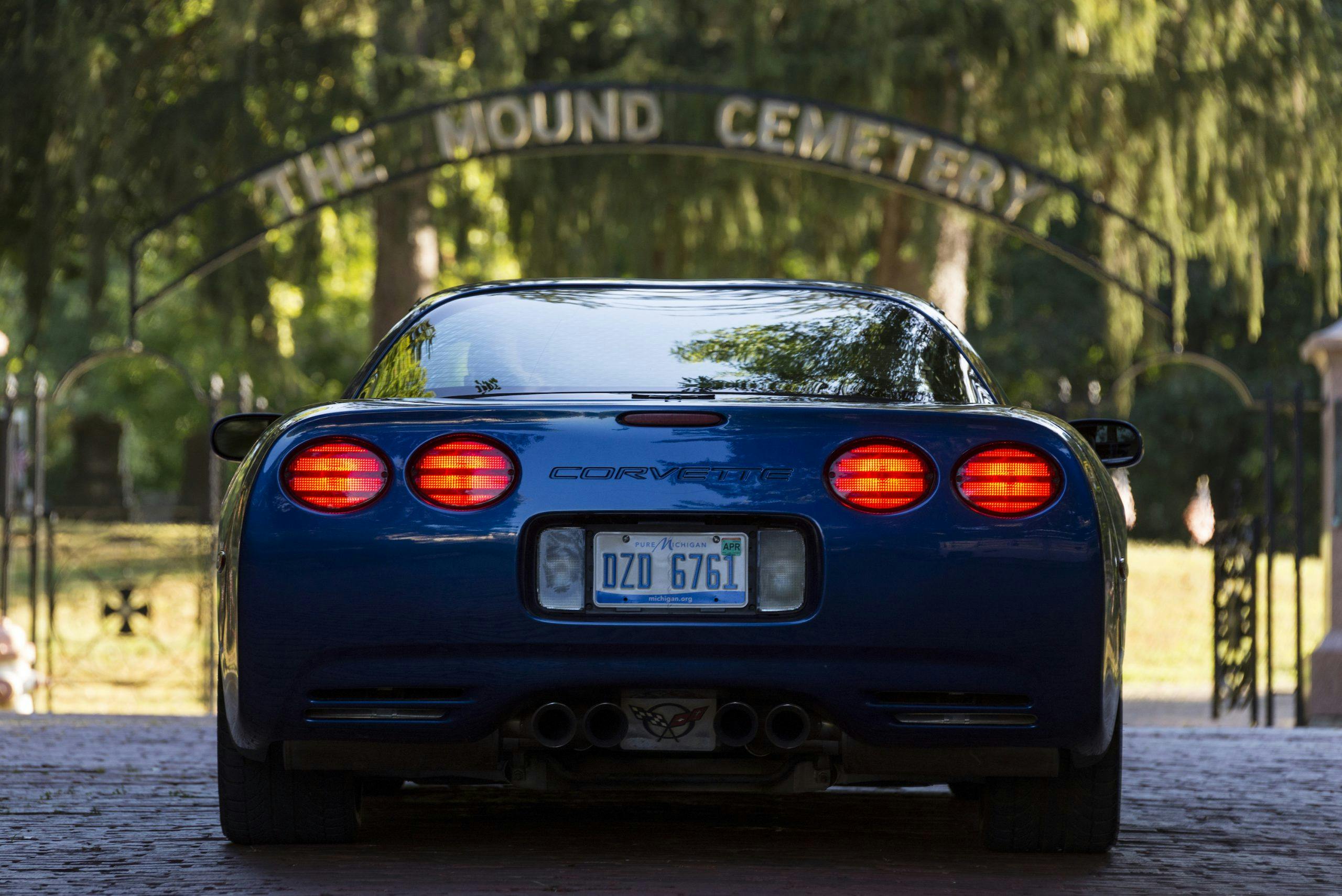
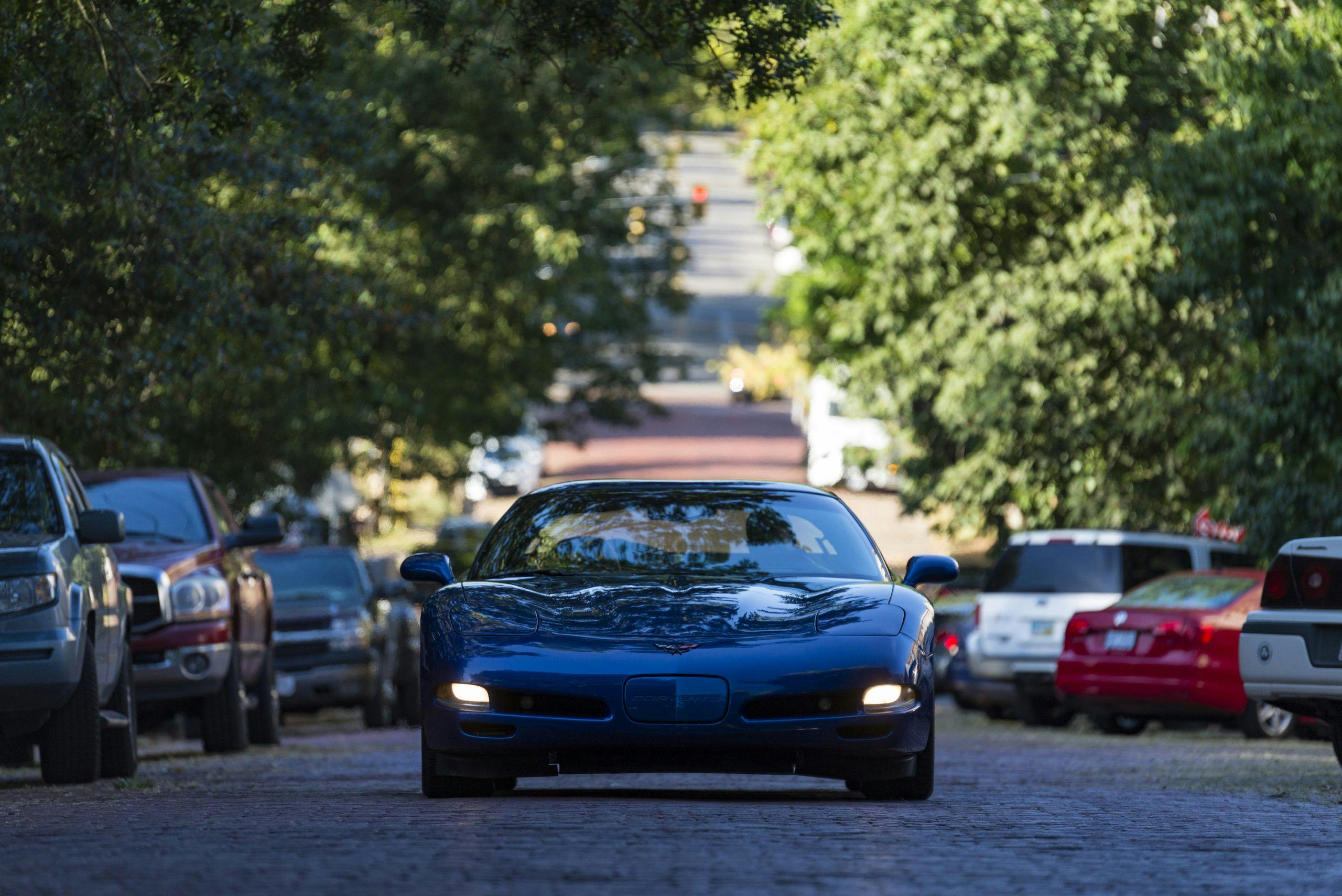
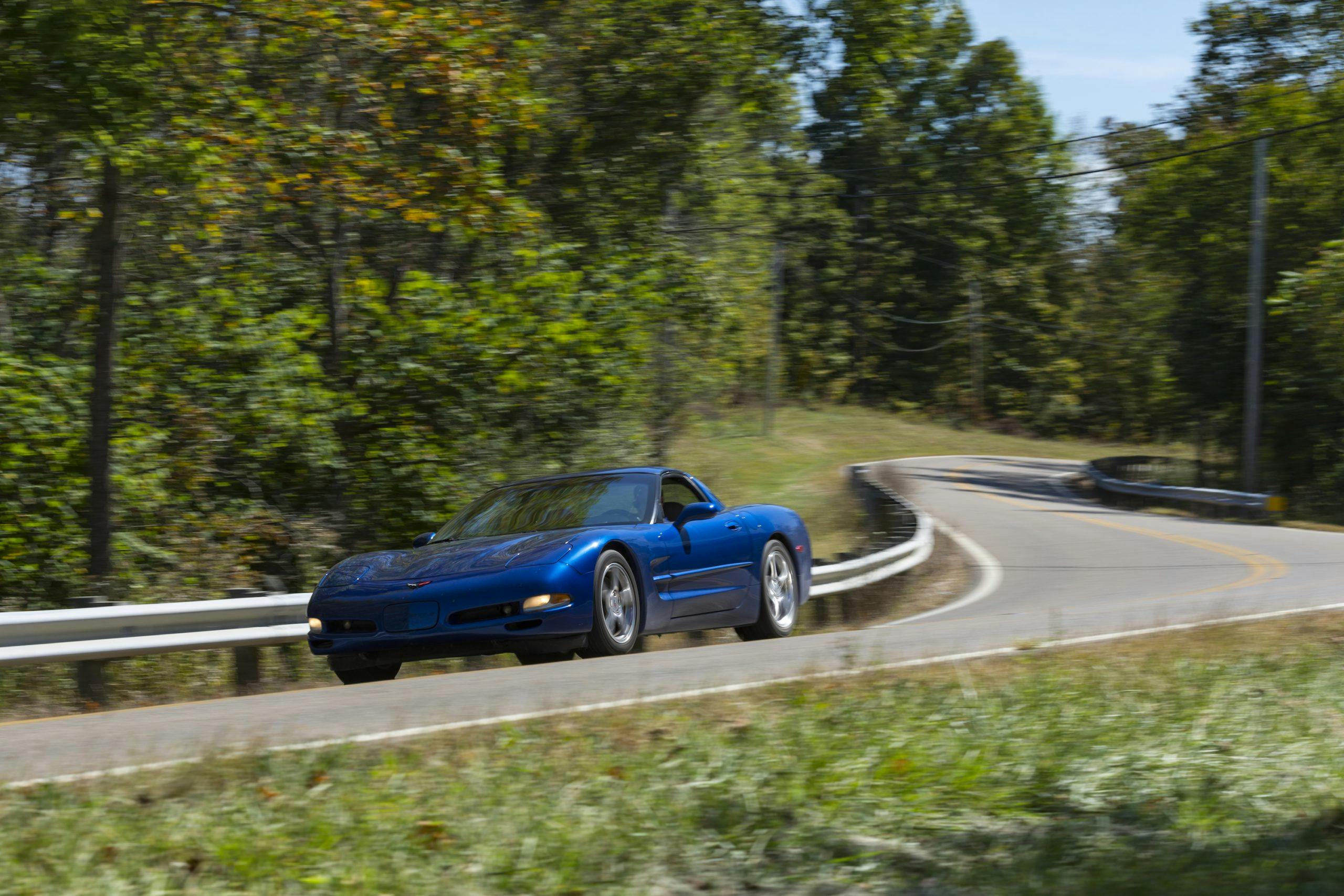
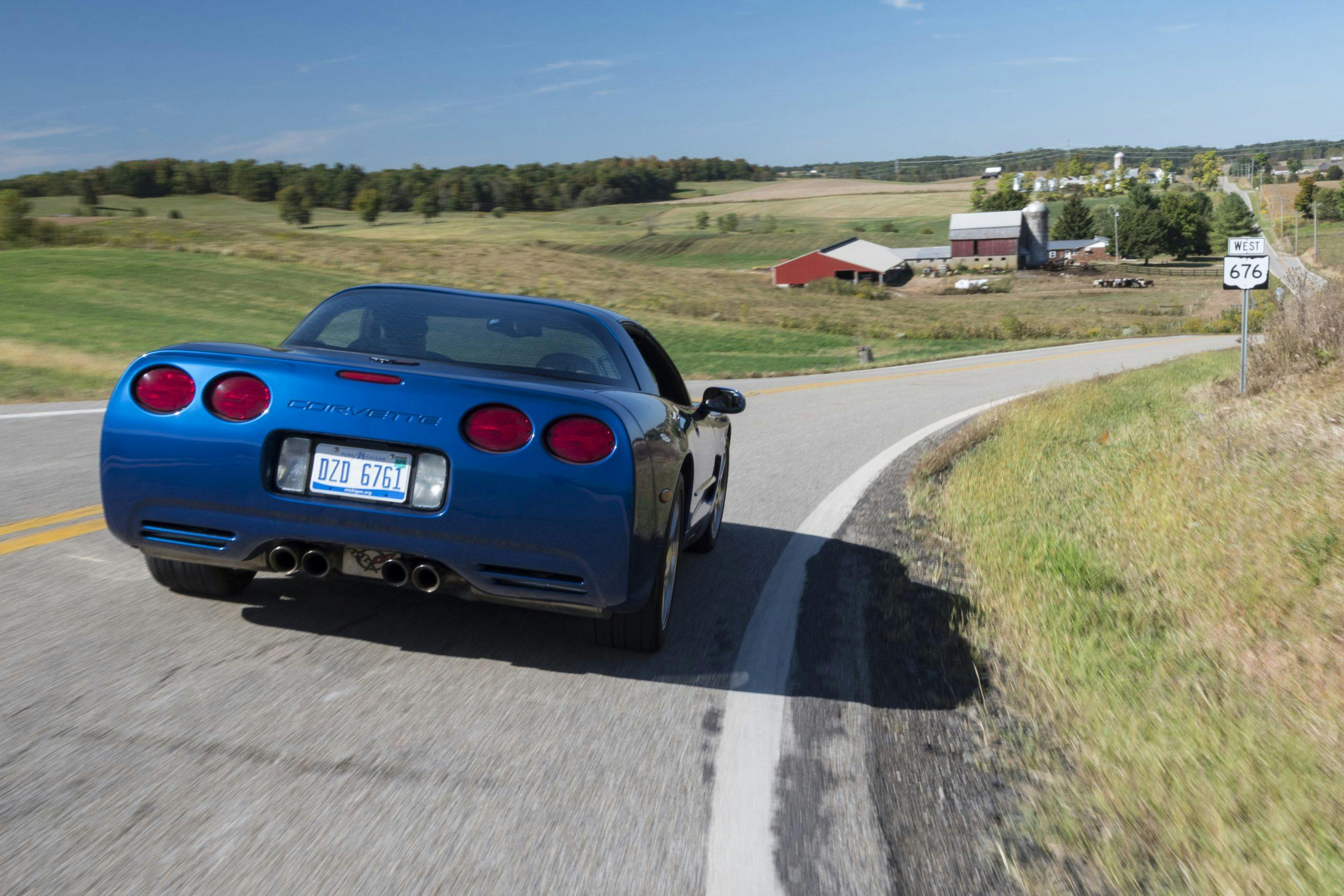
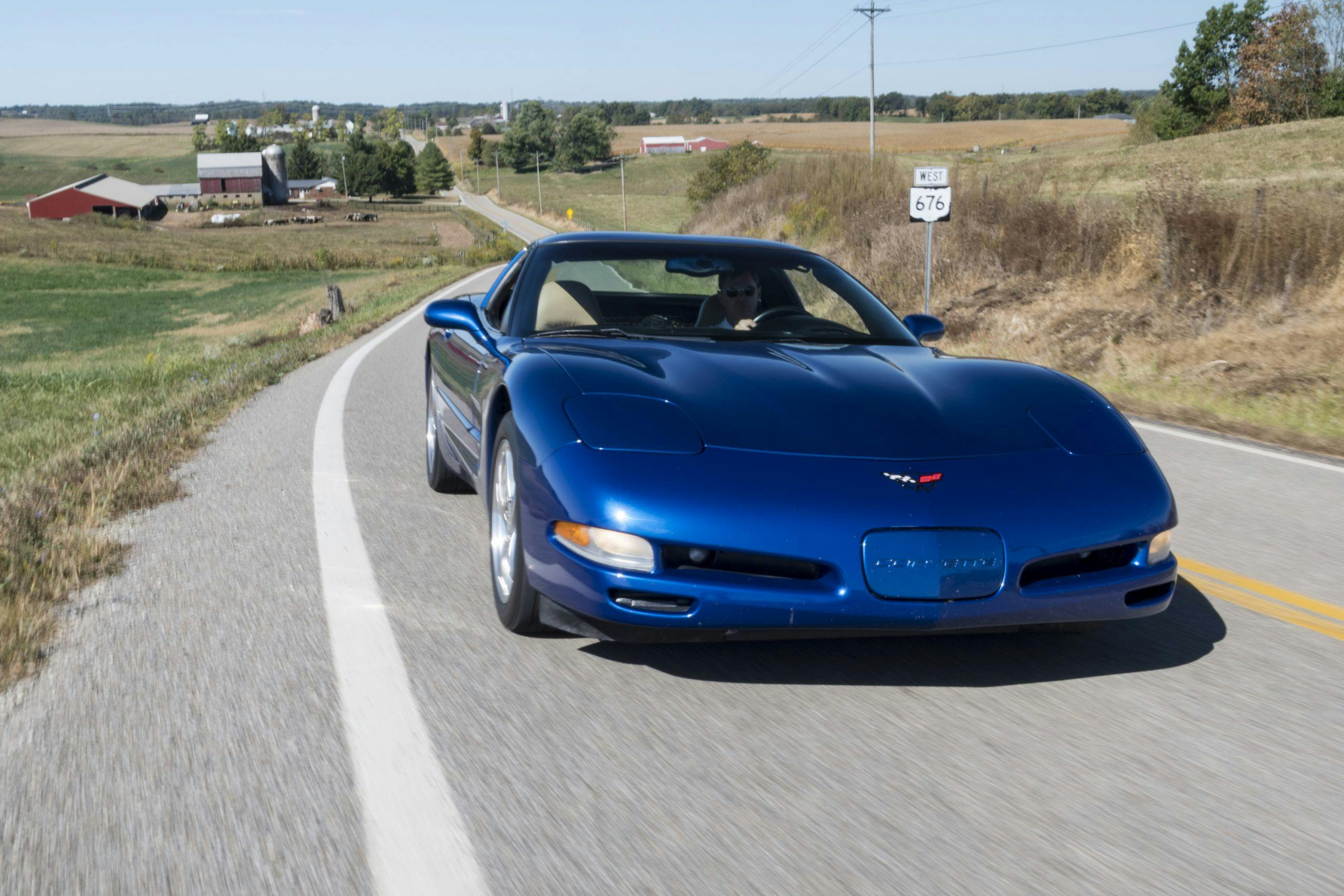
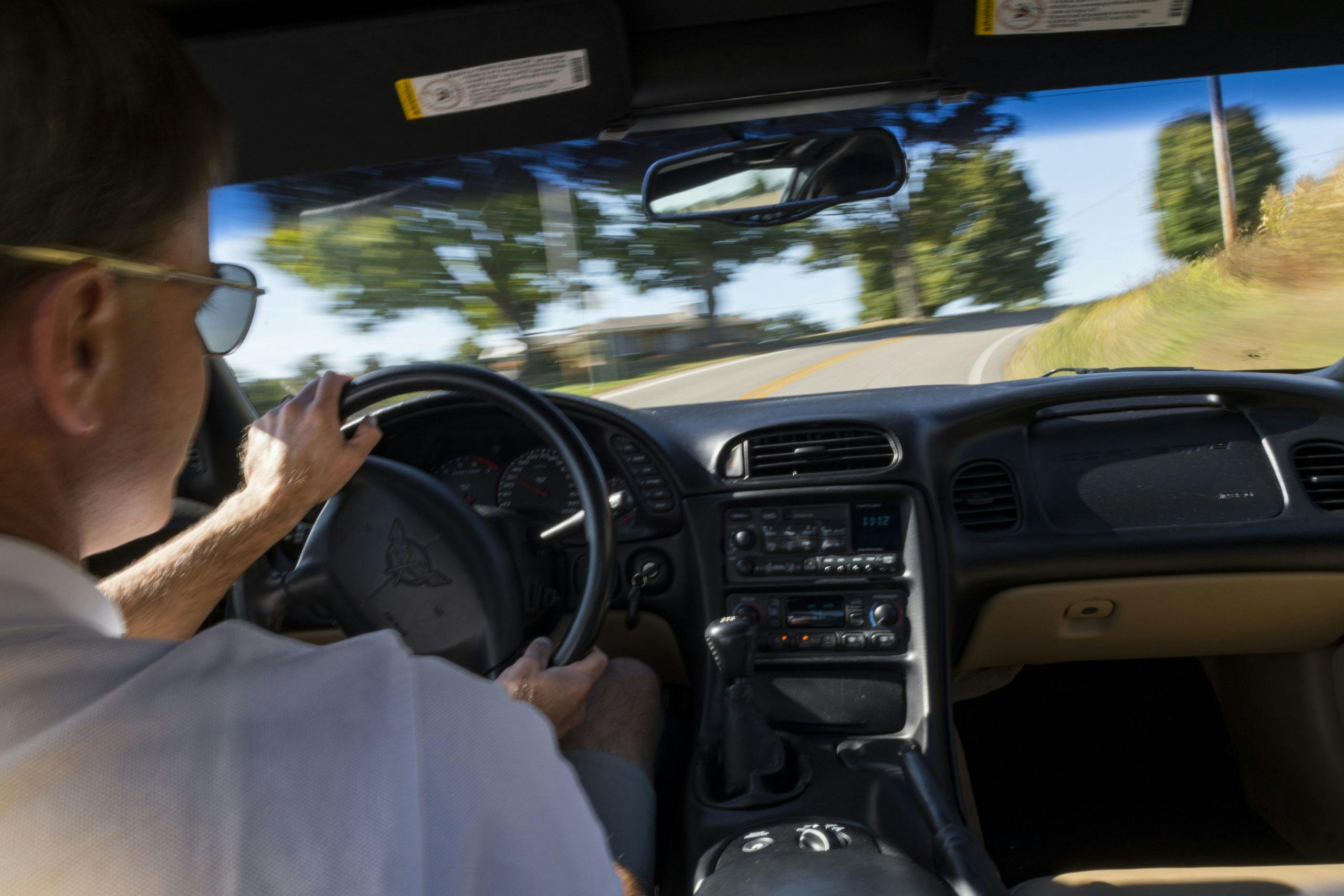
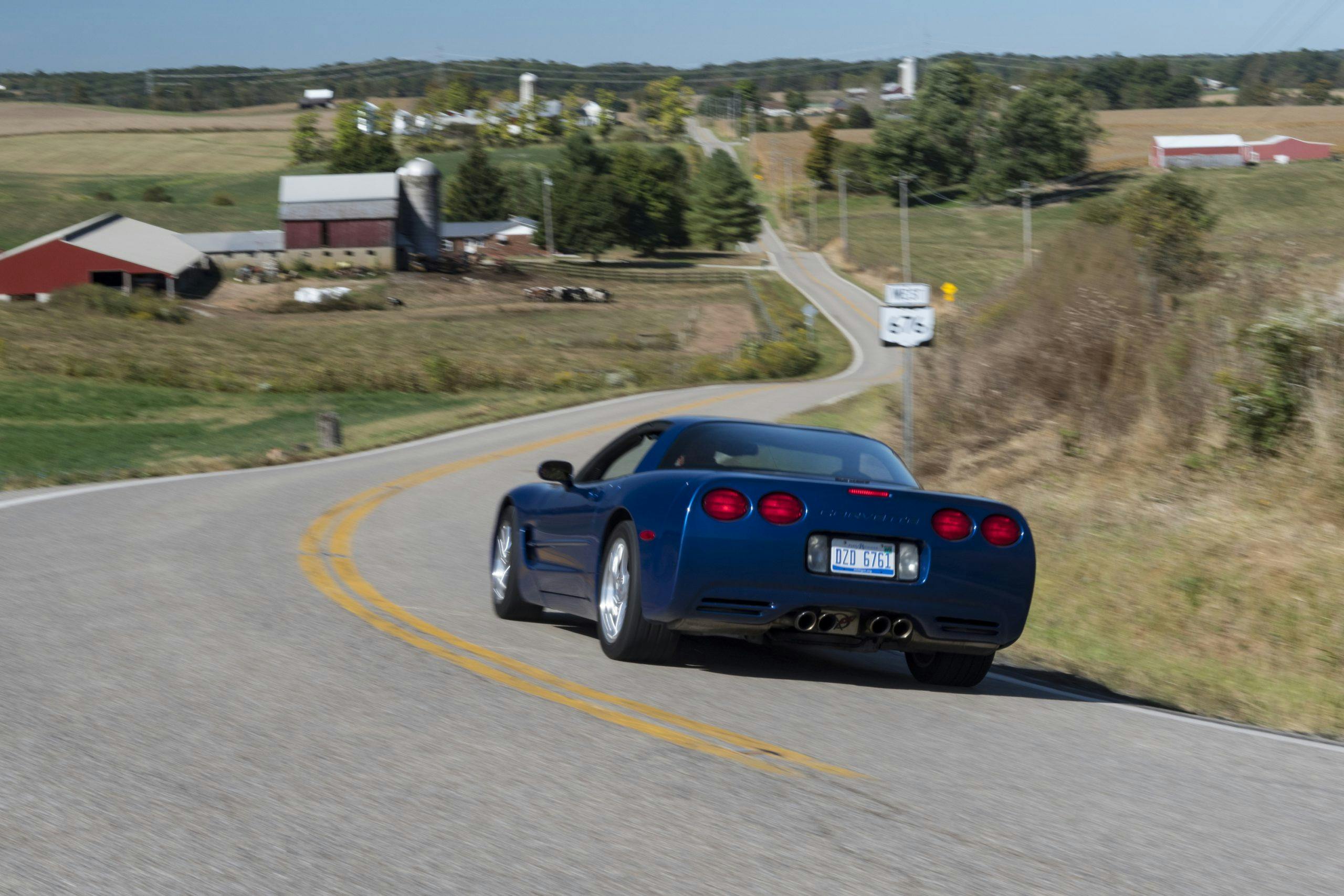
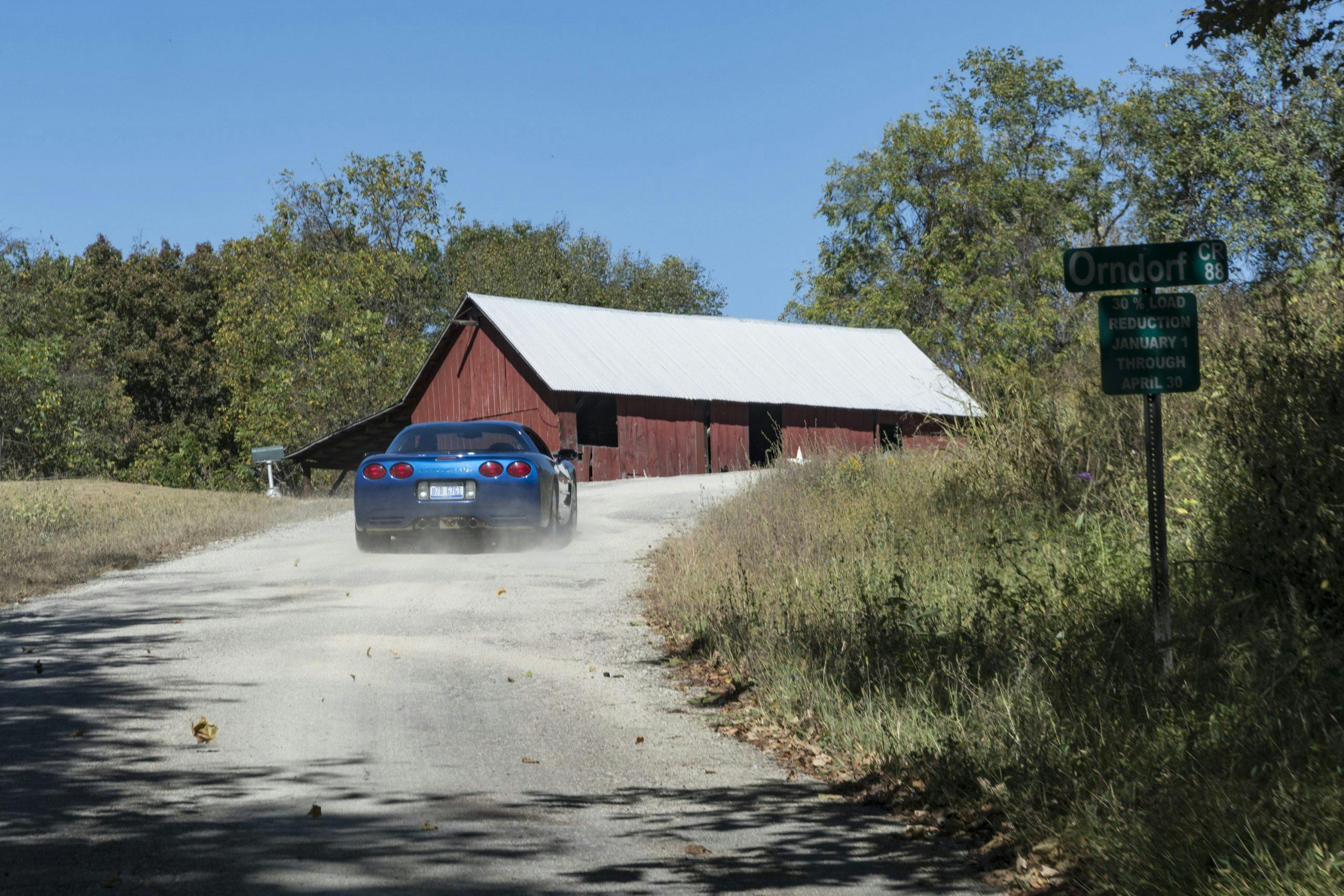
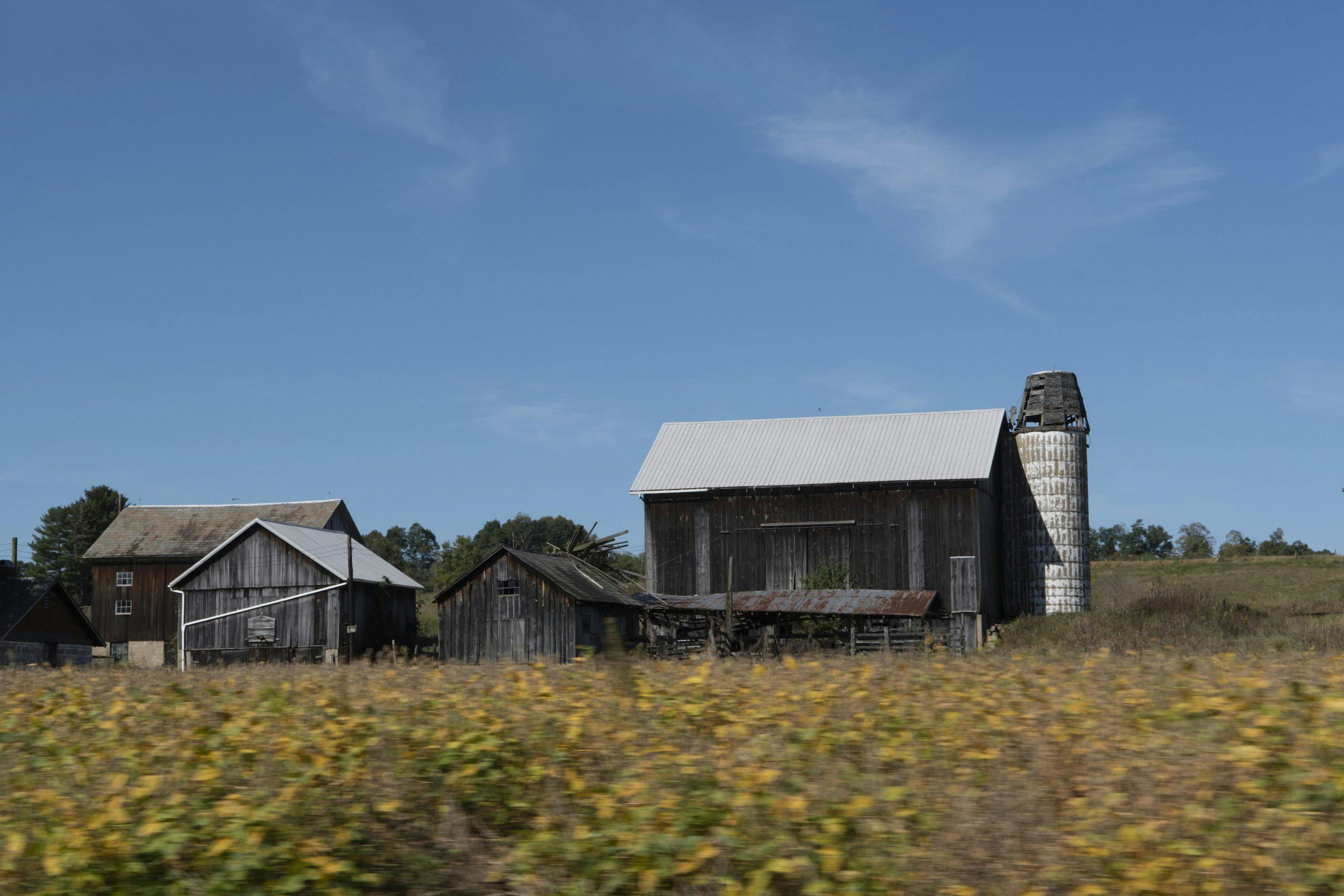
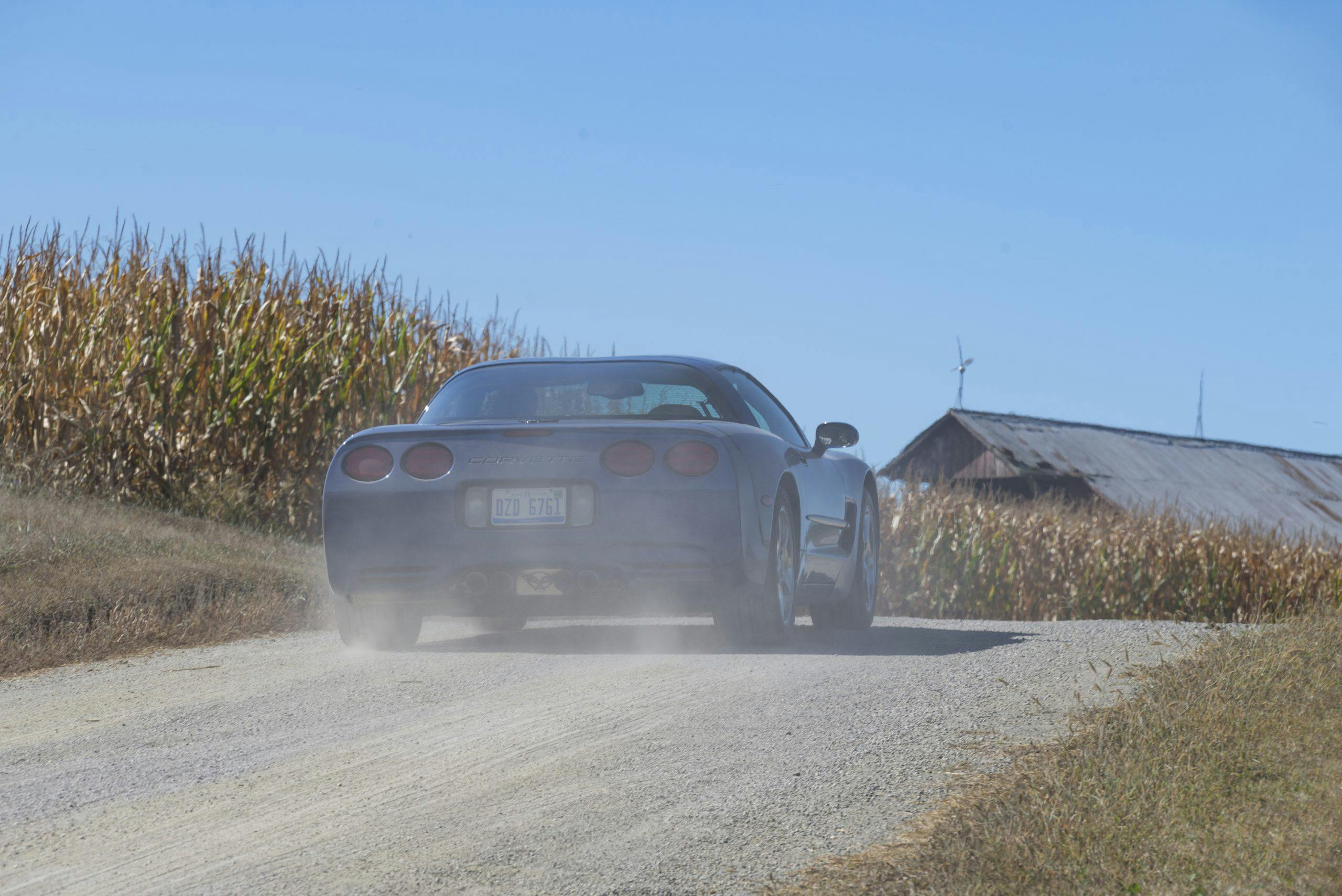
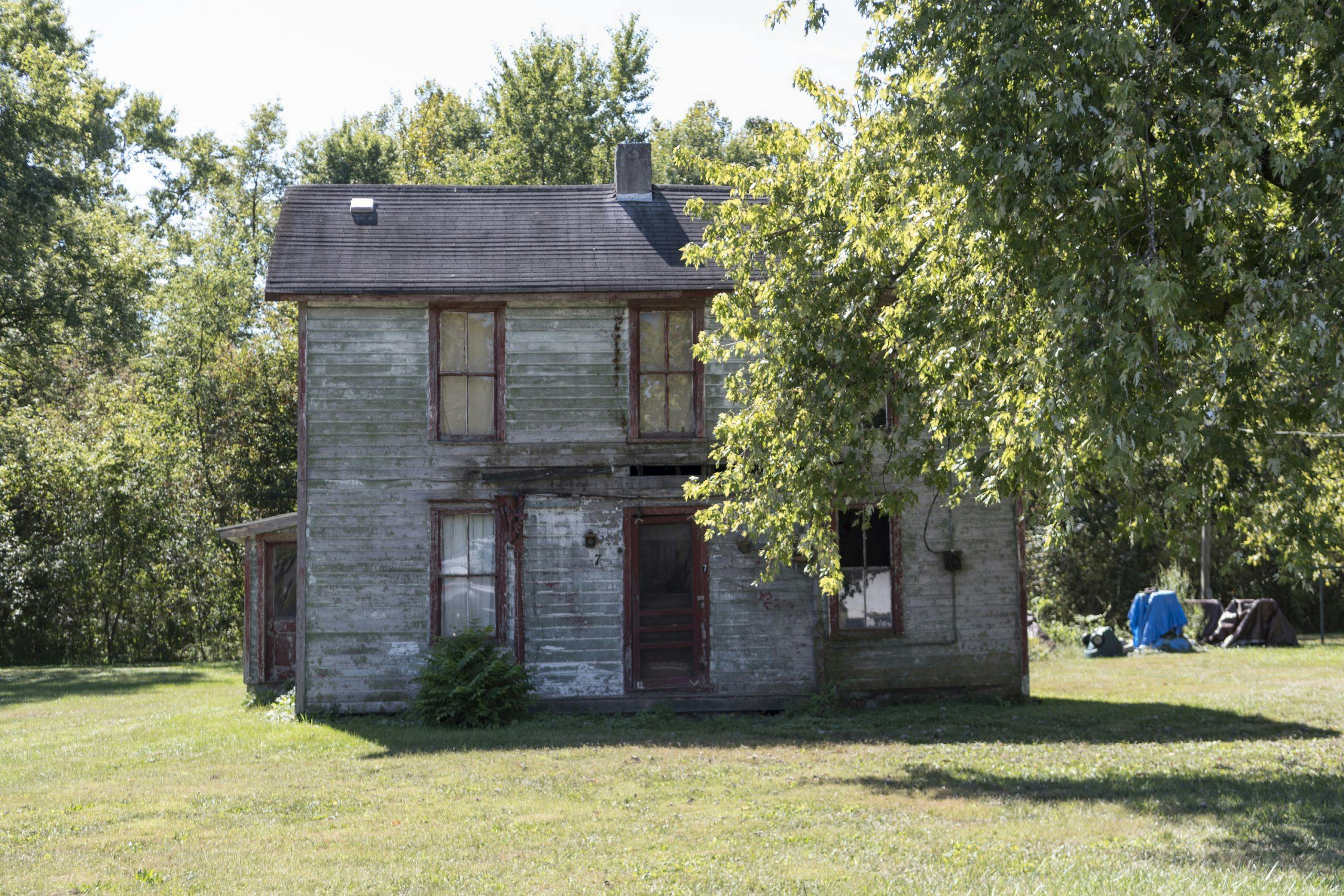

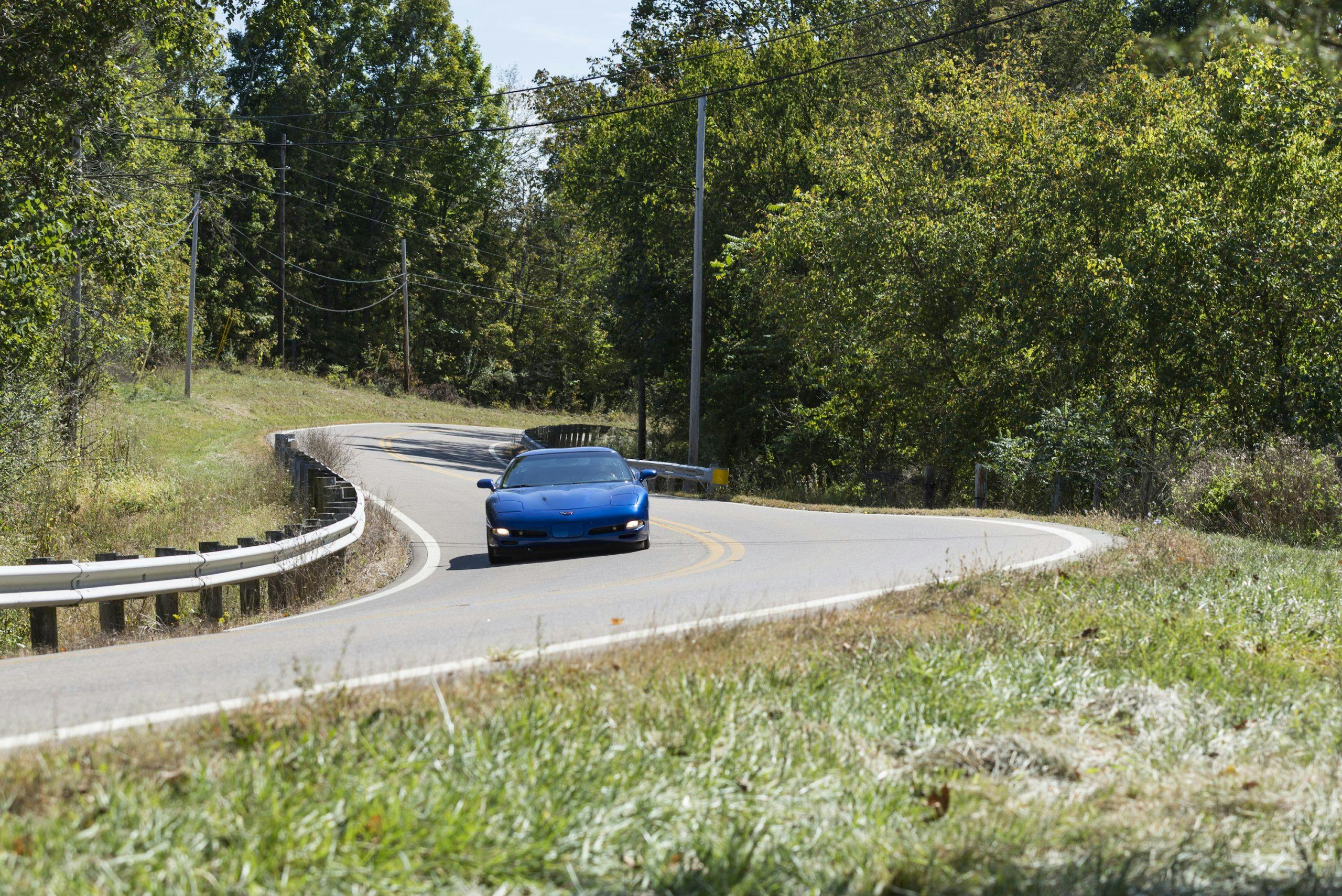
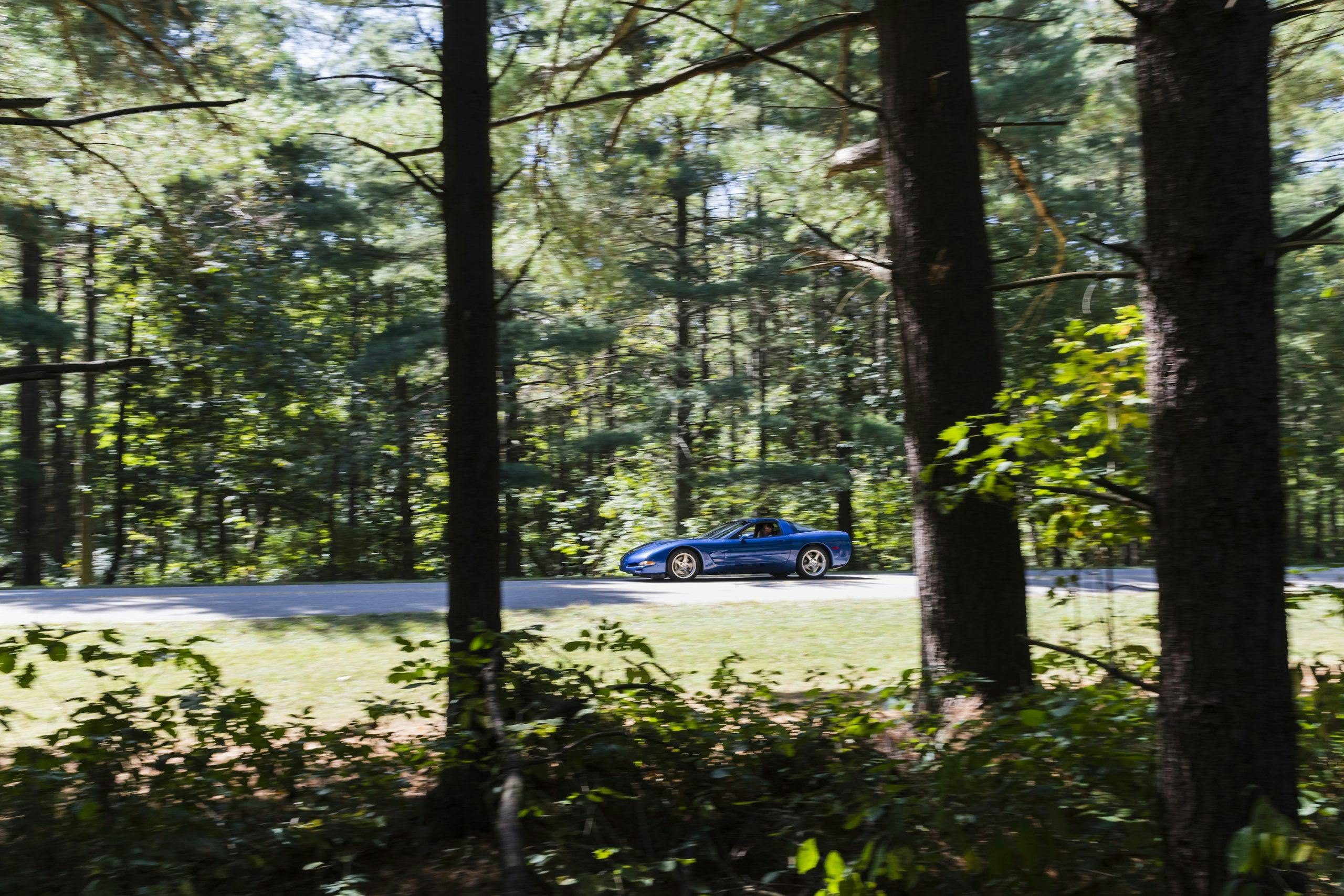
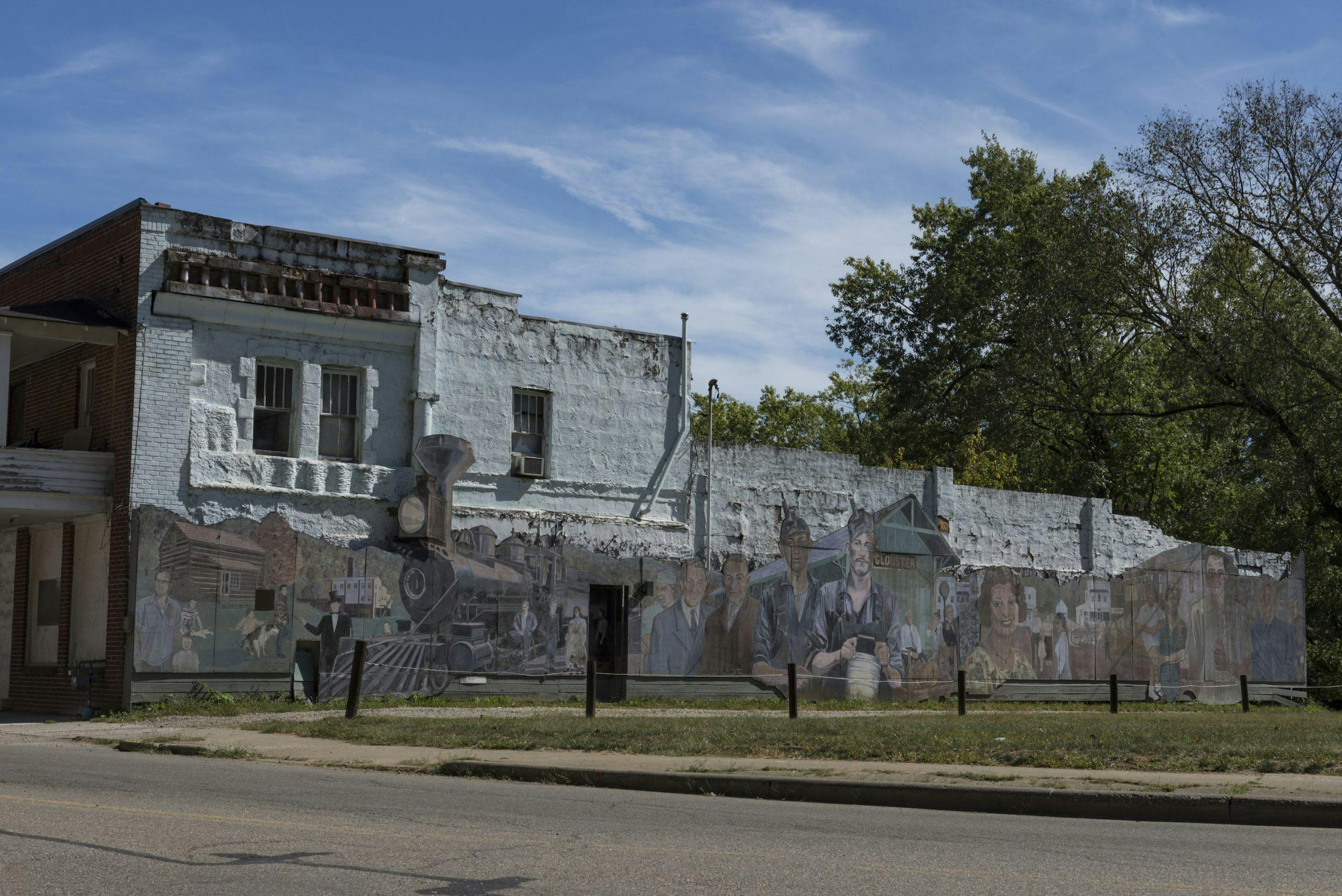
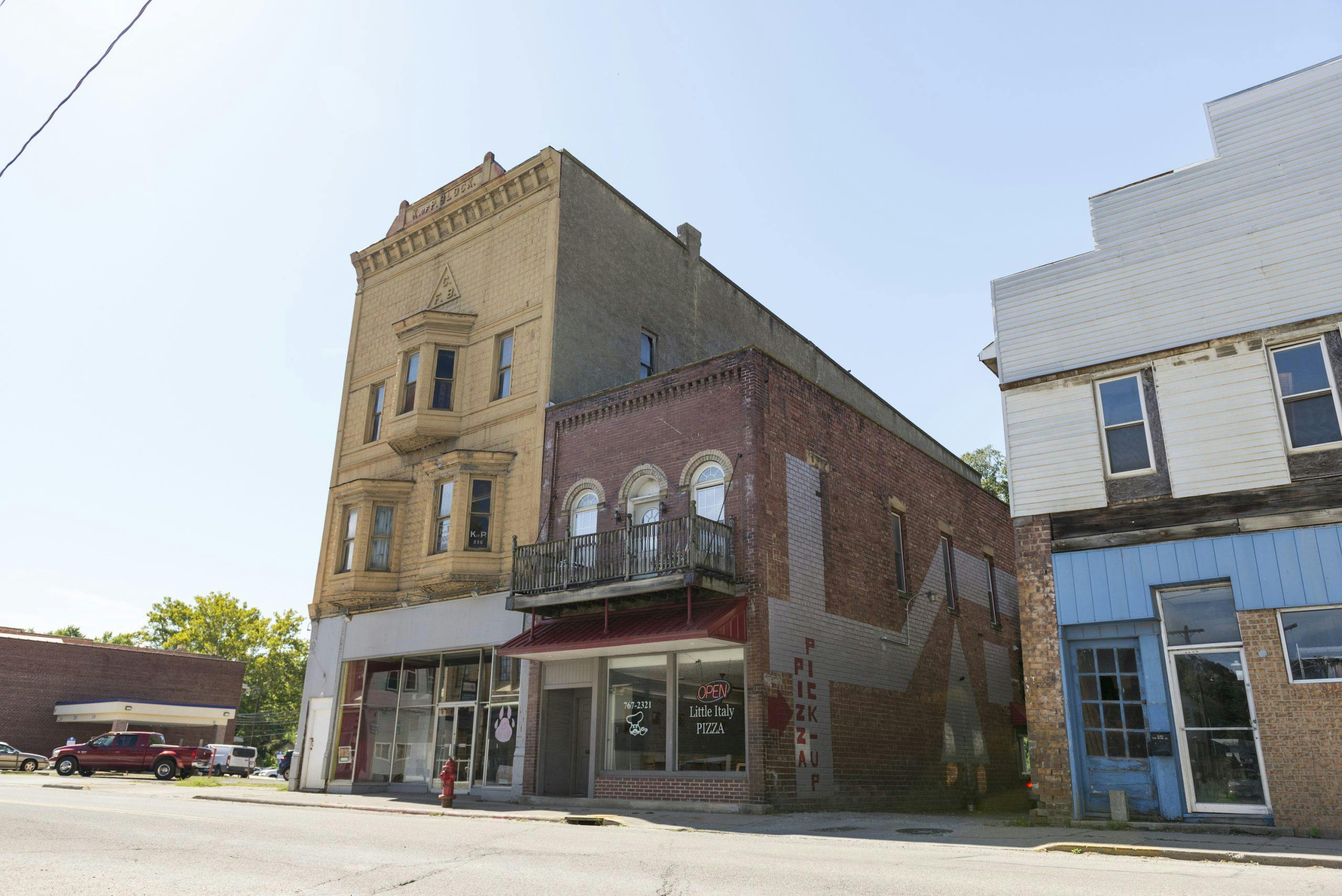
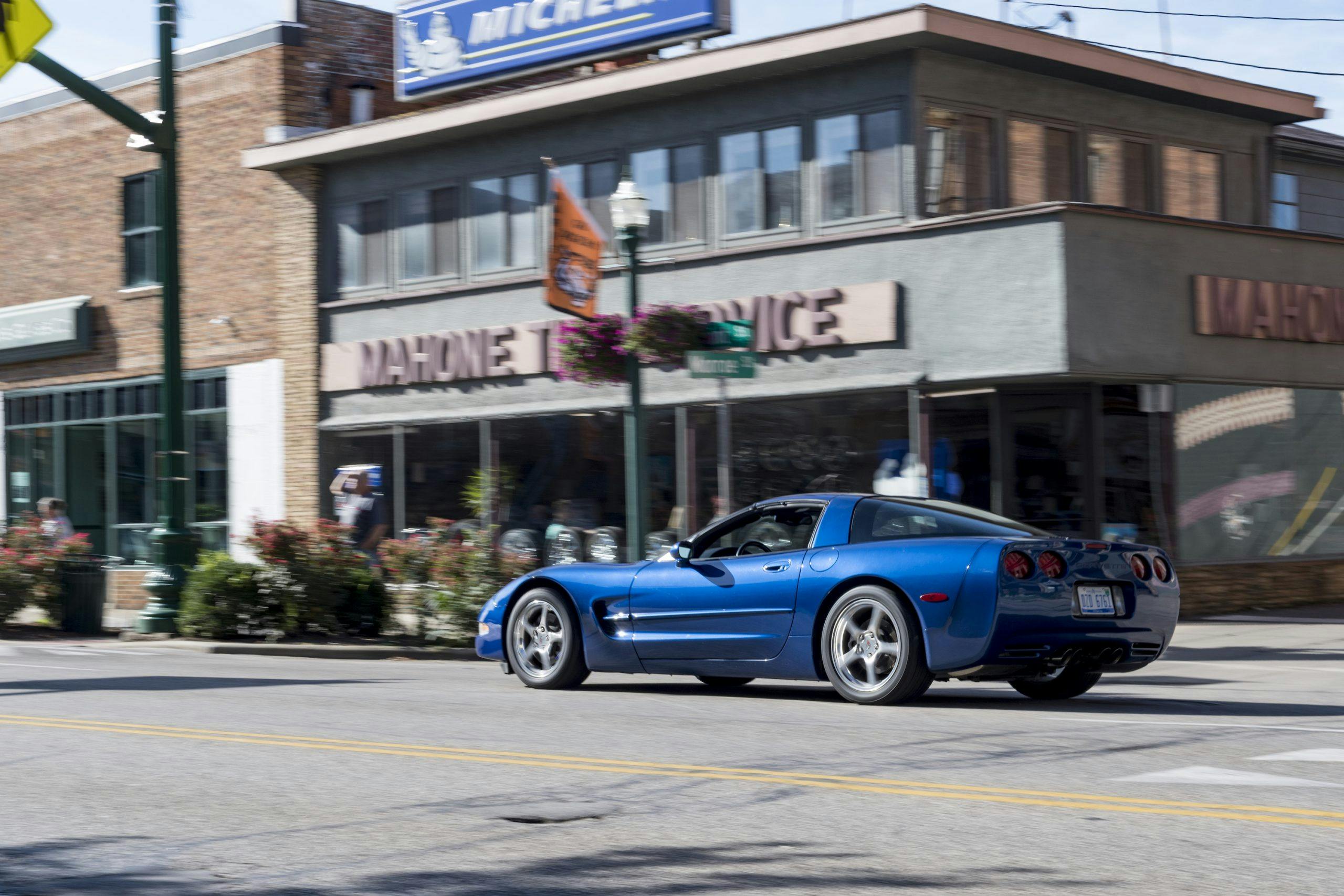
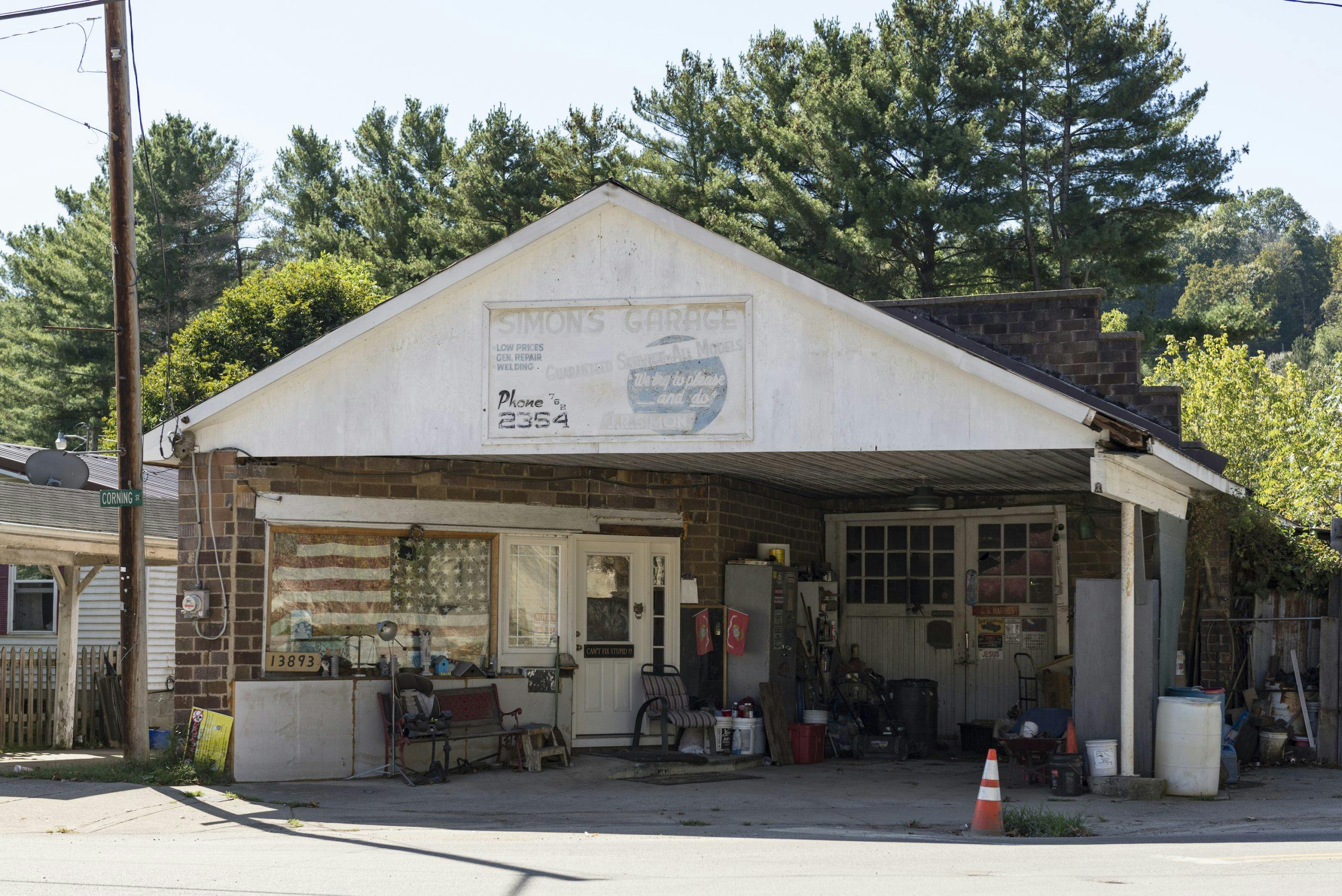
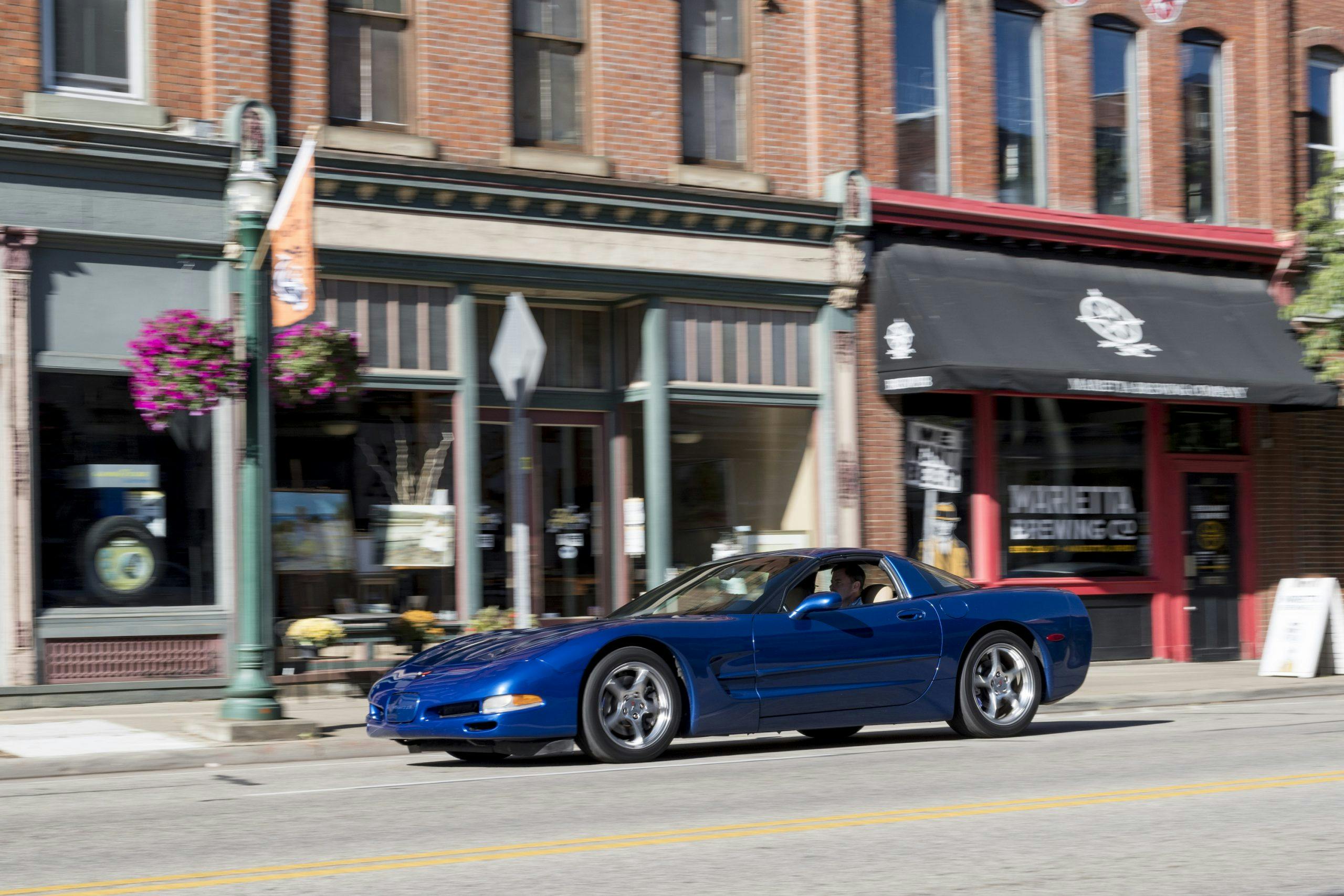

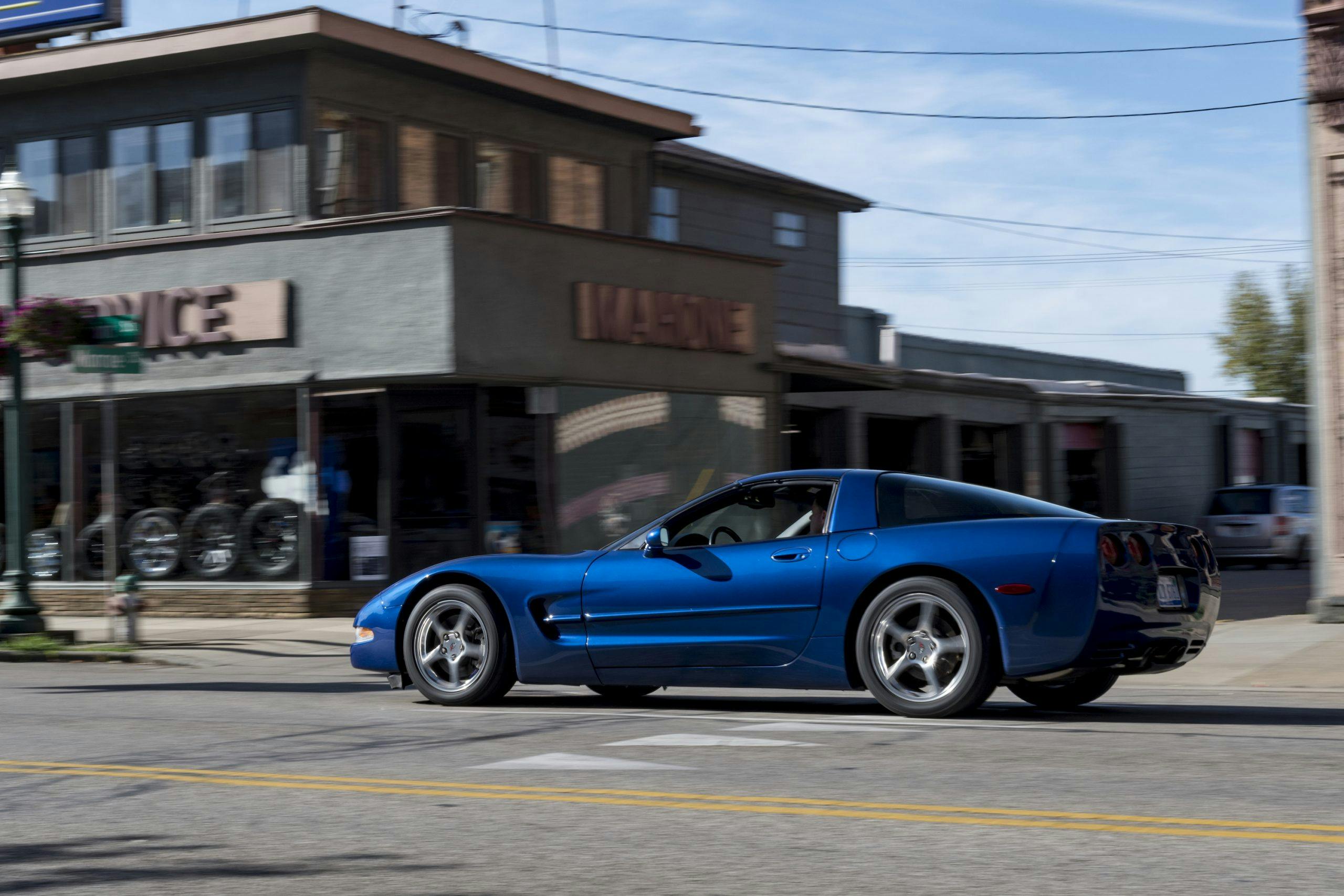
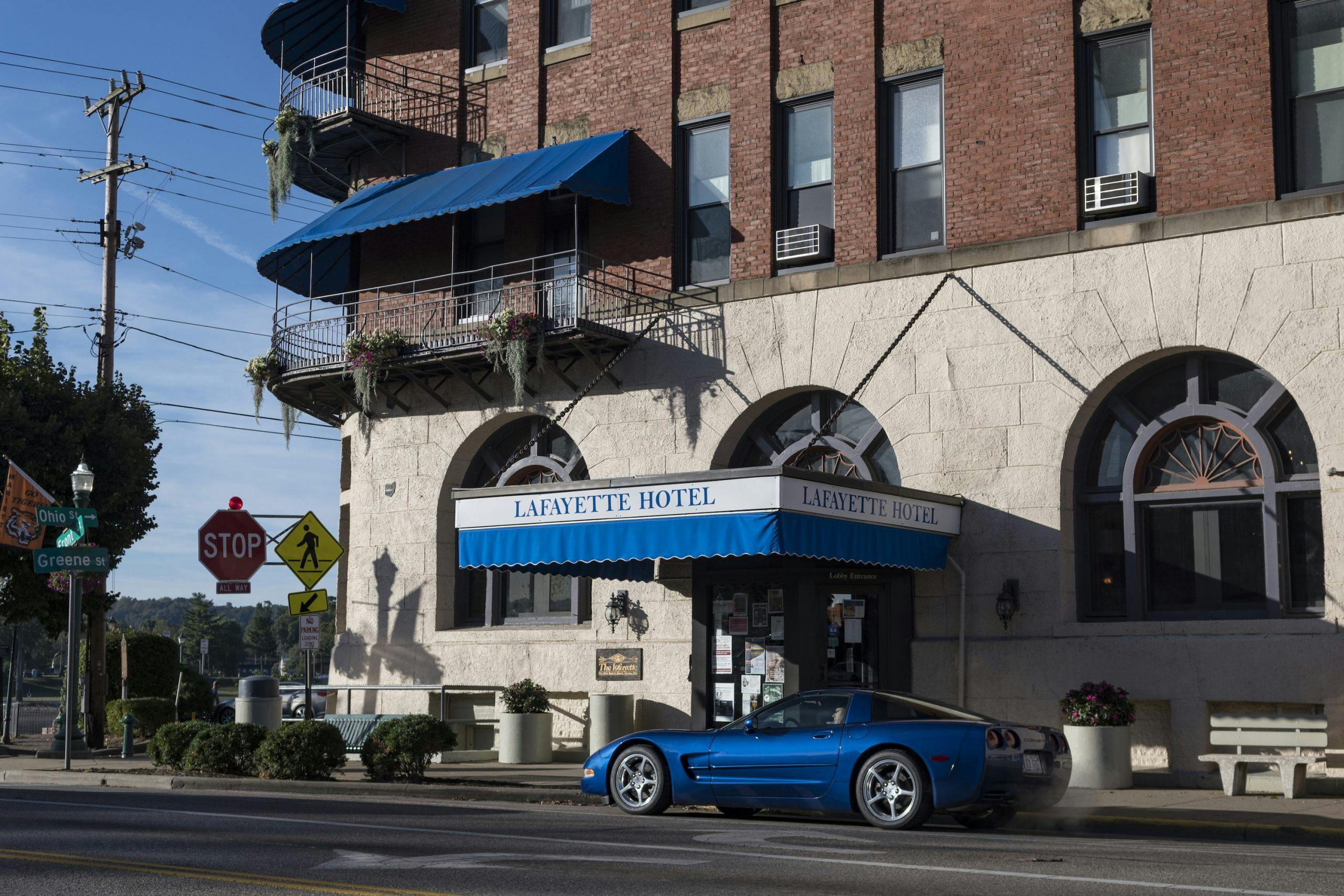
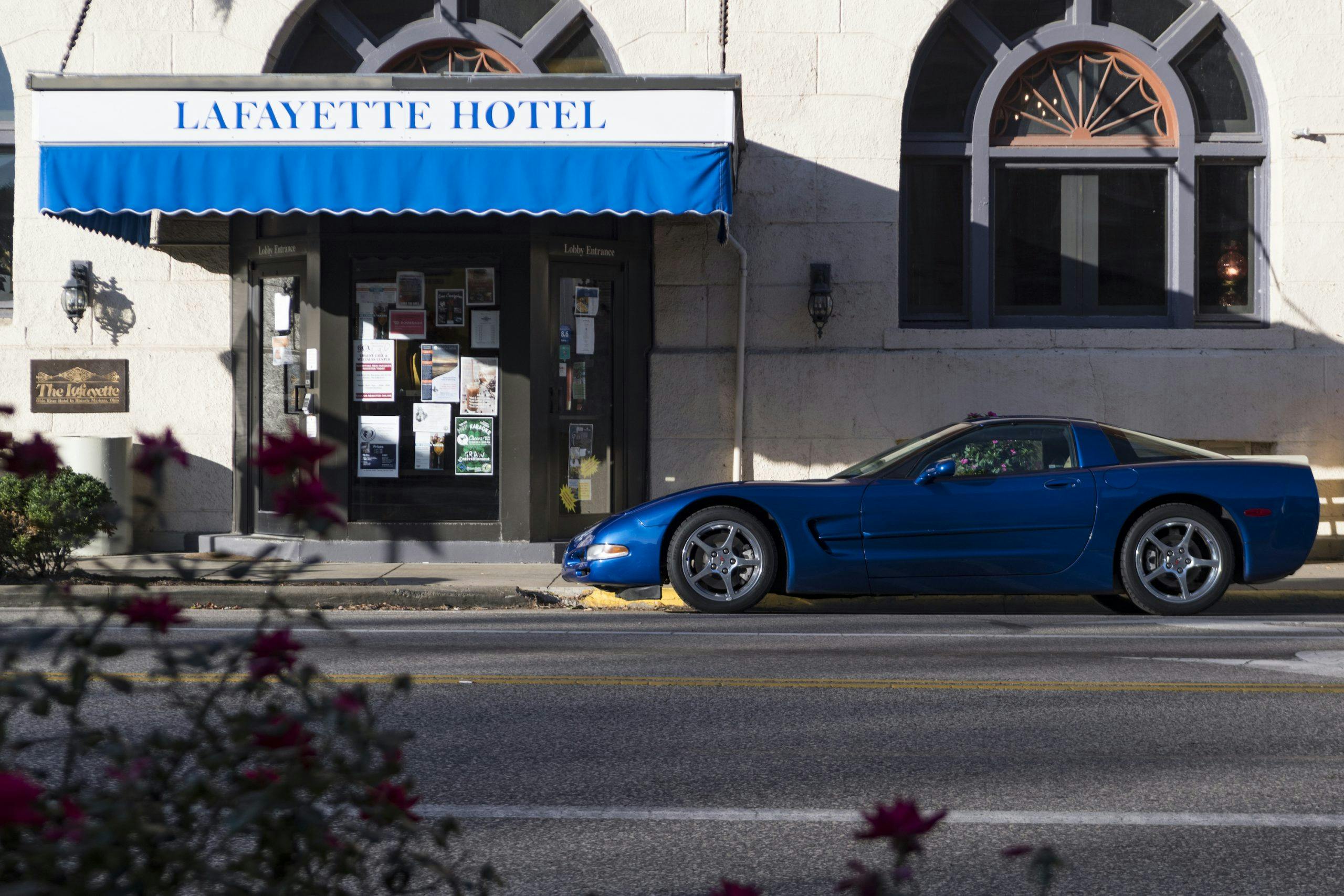



Nice roads in the area but if you go into West Virginia there is a lot more challenging roads that rank up with the Tail of the Dragon. Just no tourist.
There is a road that runs from interstate 79 into the small town of Clay. It has many turns, grades and even a banked turn to rival Charlotte Speedway. Once in Clay you take the road along the river. It twist and turns along the river between two mountain ranges.
It arrives in a town of Ivydale. Don’t blink or you may miss it. There you make a left up a grade on a road that goes over several mountains and turns out in the area of Duck and interstate 79.
These roads are smooth and well kept. You can let it hang out a bit as if you don’t a local will pass in an old truck on a blind curve at 70 mph.
South East Ohio and WV have many hidden roads just waiting for a run.
Larry:
Thank you, thank you, thank you for the heads up on routes 78, 555 and all the other wonderful roads to the east of the Hocking Hills. My brother and I just spent today driving these roads (we did all the loops in the Hocking Hills yesterday), and I can honestly say these roads rank up there with every other road I’ve travelled to. This includes a tour of the best Alps passes in Europe (thank you Zoom Zoom Magazine – Mazda for the inspiration), Tail of the Dragon, an the Cabot Trail in Nova Scotia. We did the trip this week in my brother’s 2021 Porsche 718 GTS – with a manual transmission, of course – save the manuals!
My brother and I are both Hagerty Drivers Club members and have vehicles insured with Hagerty – a Factory Five Racing 33 Hot Rod (him) and a 1988 Alfa Spider (me).
Please keep giving us inspirations to go on these kinds of trips – we ain’t getting any younger.